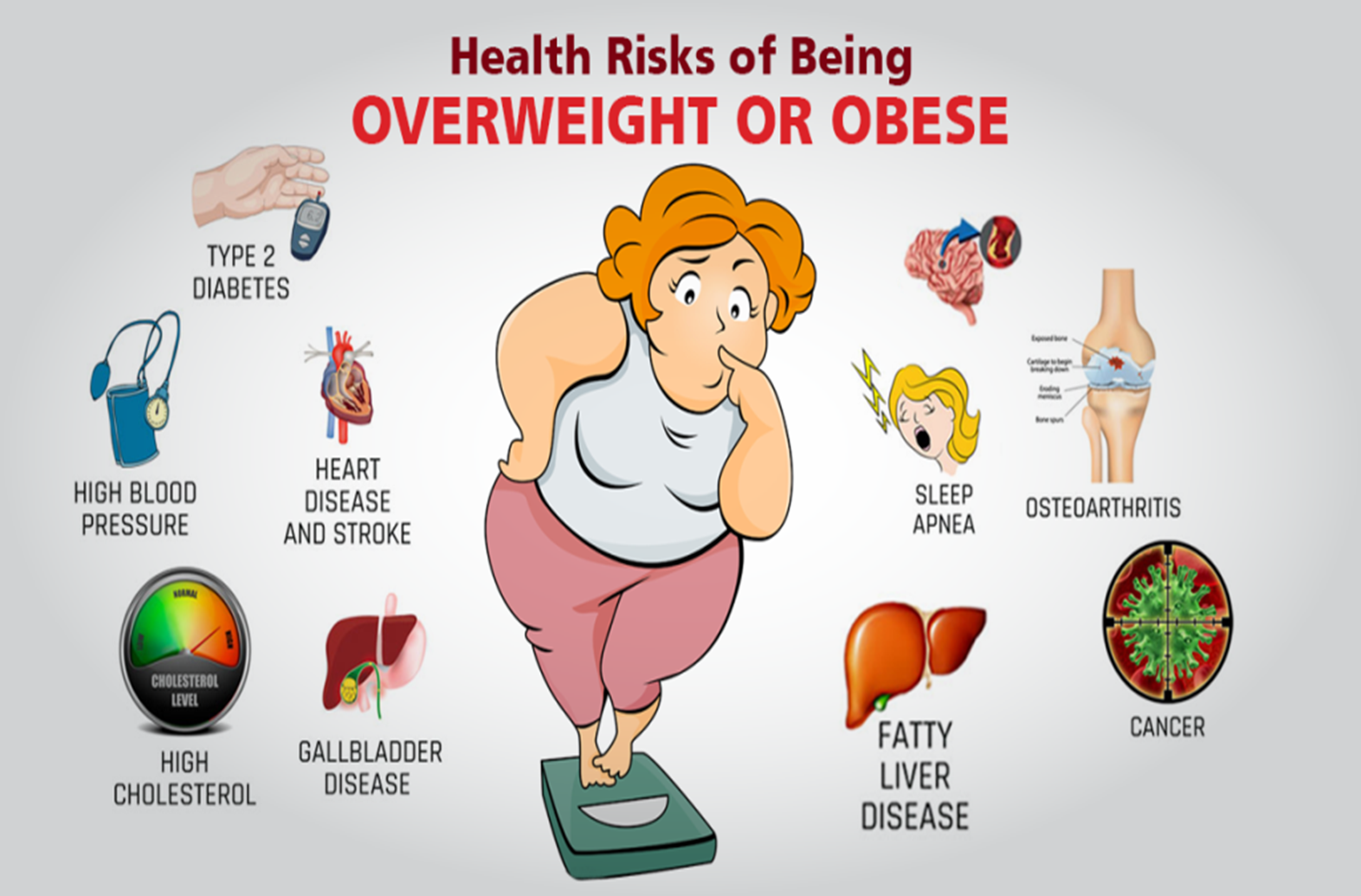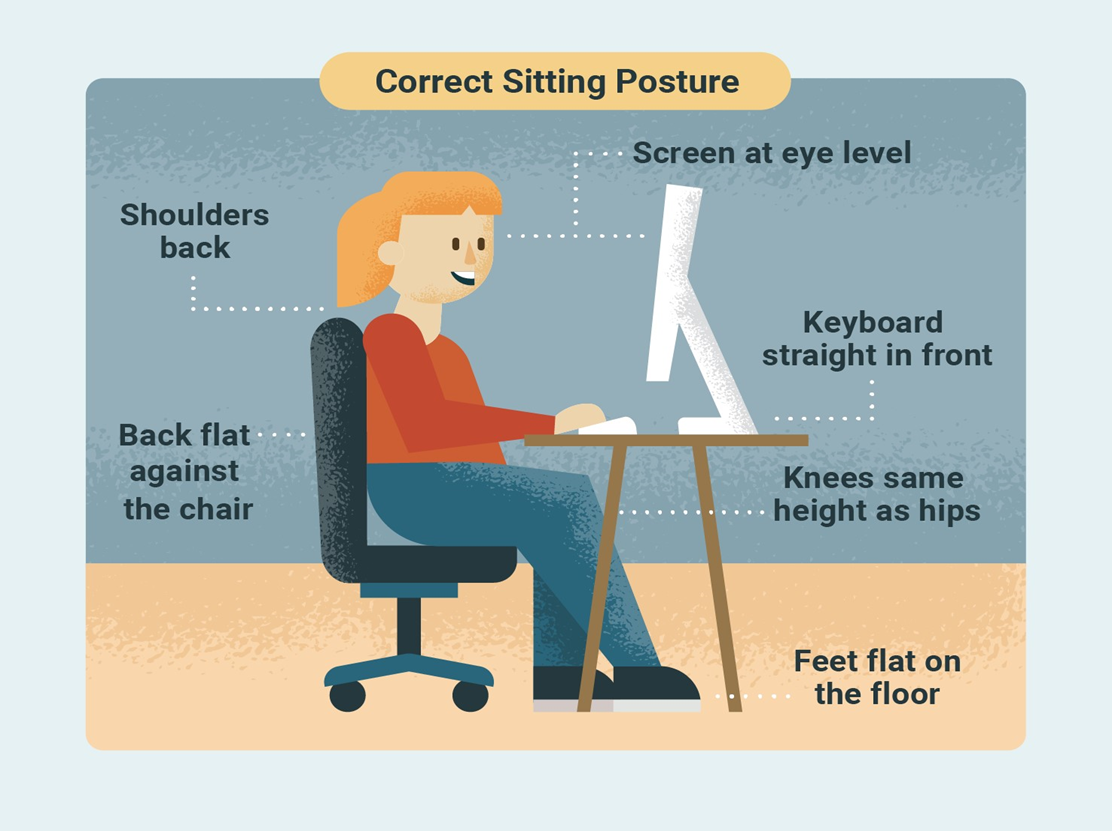The World Health Organization defines health as 'A complete state of mental, physical and
social well-being not merely the absence of disease'. The expression ‘Lifestyle’ can explain
various aspects of a person’s life. This includes patterns of social relations, behaviour, diet,
entertainment, fun and dress. It also refers to the way people spend their leisure time,
attitudes towards family, money, hobbies and relaxation activities.
According to WHO, 60% of related factors to individual health and quality of life are
correlated to lifestyle. Millions of people follow an unhealthy lifestyle. Hence, they encounter
illness, disability and even death. Problems like metabolic diseases, joint and skeletal
problems, cardio-vascular diseases, hypertension, overweight, violence and so on, can be
caused by an unhealthy lifestyle.
There are a number of manifestations resulting from an unhealthy lifestyle. These are actually described as DISEASES in modern medical terms. The onset of these lifestyle diseases is insidious, they take years to develop, and once encountered do not lend themselves easily to cure. The main factors contributing to the lifestyle diseases include bad food habits, physical inactivity, wrong body posture, and disturbed biological clock. These diseases are non-communicable diseases. In general, they are caused by lack of physical activity, unhealthy eating, alcohol, substance use disorders and smoking tobacco, which can lead to heart disease, stroke, obesity, oesteo-skeletal dysfunctions, type II diabetes lung cancer and others.
Read More

We shall review :-
What are the common life style diseases?
What are the common causes of lifestyle diseases?
What are the modifiable, non-modifiable and metabolic risk factors that contribute to the diseases? What measures can be taken to prevent them?
What are the consequences of lifestyle diseases? How can they be treated?
What are occupational health hazards? What measures can be taken to combat them?
How are children affected by lifestyle diseases?

Stress can be defined as any type of change that causes physical, emotional, or psychological strain. Stress is our body's response to anything that requires attention or action.
Everyone experiences stress to some degree. The way we respond to stress, however, makes a big difference to our overall well-being.
Sometimes, the best way to manage your stress involves changing your situation. At other times, the best strategy involves changing the way we respond to the situation.
Developing a clear understanding of how stress impacts our physical and mental health is important. It's also important to recognize how our mental and physical health affects our stress level.
Following points will help us to understand more about how to manage stress-
1. What causes stress?
2. How stress affects our health?
3. How much stress is necessary to remain motivated in life?
4. Is it possible to live a totally stress free life?
5. What measures are suggested to reduce stress?
6. What can be the final effect on our body, mind and work if stress is not handled effectively from early stages of its onset?
Obesity is generally caused due to eating too much fatty, sugary foods; and then leading a sedentary life where the calories consumed are not fully burnt out, i.e. moving too little. If one uses up all the energy intake through exercise and physical activity. If at all the consumption of high level energy containing food is consumed and that much of energy is not used up then the surplus energy will be stored by the body as fat.
We shall consider the following factors in the course-
1. Common excuses given for being obese.
2. What are the real causes of obesity? Prepare the list of food items with their colliery contents. Maintain a diary to enter consumption of food items from morning to night.
3. Lifestyle related physical and mental causes for obesity.
4. Social factors contributing to obesity.
5. What are the physical, mental and social implications of being obese?
6. How to control intake of extra fatty, sugary and heavy energy giving foods?
7. How to integrate physical activities other daily activities?
8. Considering psychological impact of obesity on life.


Understanding posture and its importance-
What is posture?
How to be conscious and aware about alignment between bones, muscles and maintain a good balance
What causes bad posture?
The benefits of good posture
The negative effects of bad posture
Ways to improve posture
Achieving and maintaining good posture for health
Lifestyle changes for keeping body fit with good posture.
Living a sedentary lifestyle can cause muscle degradation and weakness. To maintain muscular strength and endurance, which are important elements of a healthy lifestyle, you have to use your muscles. Lack of use causes muscles to weaken over time, which in turn, may result in loss of strength.
A sedentary (low activity) lifestyle can contribute to overall poor bone health and increase the risk of osteoporosis. Osteoporosis is a condition which is characterised with a very low bone density. This lack of density could lead to bone fractures and can be detrimental to your mobility
You've mastered the art of texting, emailing, and web surfing on your smartphone and computer. But along with that digital prowess, you've picked up an unexpected side effects, like hand pain, numbness in hand and tingling, back and neck pain, leg pain and cramps, wrist and finger pain and many other types of fixes of limbs and joints.
Too much screen time affects your health in more ways than one. A new condition called tech neck is a growing concern among healthcare professionals. All that time spent on digital devices is bad for your posture, your eyes, your heart, and your mood.
Lifestyle risk factors, such as obesity, physical inactivity,
smoking, and having an unhealthy diet are significantly
associated to the risk of developing metabolic diseases
such as type 2 diabetes, insulin resistance, and metabolic
syndrome (MetS).
Metabolic health is determined by the presence of metabolic
risk factors of chronic non-communicable diseases–largely
heart disease, stroke, cancer, chronic respiratory disease,
and diabetes. Defining metabolically unhealthy subjects as
those afflicted with the metabolic syndrome represents one alternative to define metabolic health.
Thus, subjects may be classified as metabolically unhealthy if they manifested 3 or more of the following risk factors: elevated blood pressure, elevated circulating triglycerides, elevated fasting glucose, elevated waist circumference, or reduced high-density lipoprotein cholesterol (HDL-C). Various criteria have also been used to classify subjects as metabolically healthy, often considering as healthy those subjects manifesting up to 2 or less risk factors.
Lifestyle modification based on behaviour therapy is the most important and effective strategy to manage the metabolic syndrome. Modern lifestyle modification therapy combines specific recommendations on diet and exercise with behavioural and cognitive strategies.
In this course we address the following topics:
1. The role of lifestyle modification in the management of MS,
2. The principles and the main strategies of lifestyle modifications based on behavior therapy
3. The new avenues of lifestyle modification programs.
1. Weight reduction represents the principal goal of most intervention studies on MS. There is complete agreement that weight loss is associated with significant improvements in the clinical abnormalities of MS, including blood glucose, lipid profile, and blood pressure, and even a moderate weight loss (7% reduction) in 4 weeks can improve the metabolic profile, despite the persistence of a high body mass index (BMI).19 However, the greater the BMI loss, the larger are the metabolic improvements.

Total Duration of the Course: 9 hours, in 3 days.
Each day 3 hours class timed as below-
For Cheque: Made in the name of ‘Mrs. Raj’s Institute’ ,
BANK NAME : BANK OF MAHARASHTRA , A/C NUMBER : 20036101000
IFSC Code : MAHB0000155
Or
Google pay- 9930181828, ICICI bank – IFSC Code 0000356 , Mumbai, Tardeo Branch ,
Ac No: 035601002725

C-5, Commerce Centre, 3rd Floor, Tardeo main road, Near A/C market, Mumbai 34. Tel. 8169166371, 9324208015 Classes held on Monday, Tuesday, Wednesday of same one week Timing: 2.30 to 5.30 p.m.
203, Vinay Unique Residency Building no. 8-B, Opp. Muljibhai Mehta International School, Virar (West), Mumbai 303. Tel. 8169166371, 9324208015 Classes will be held on Friday, Saturday, Monday of the same week. Timings: 3 to 6 p.m.
Classes will be held through Google meet- screen sharing Monday, Tuesday, Wednesday of the same one week Timing: 2.30 to 5.30 p.m. Tel. 8169166371, 9324208015
